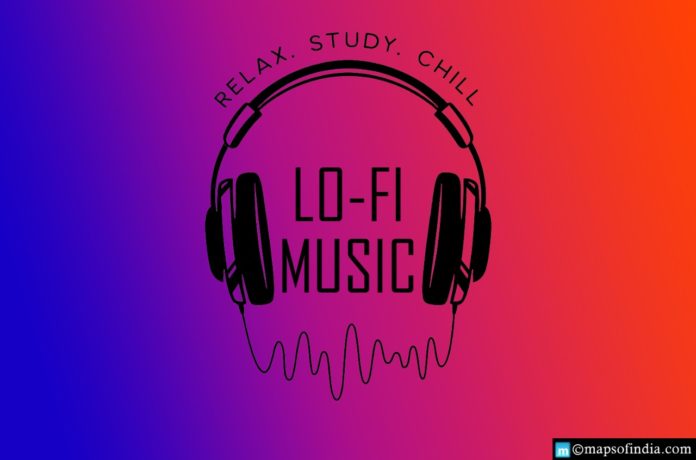Lofi music is a trending and unique genre. It has come a long way since the 90s, gaining people’s attention over the past decade. On YouTube and Spotify, you can see so many playlists dedicated to ‘chill lo-fi’ or ‘sad lofi beats’.
Lofi beat is a low critical genre that fits nicely in the background of any situation, whether you’re hanging out at home, studying for the big test, getting some work done or healing from heartbreak.
The majority of Lofi hip-hop does not contain vocals, so you won’t get distracted in making it the perfect music for focusing. These beats are great for helping you feel more relaxed and calm.
Following are the steps to make lo-fi music:
Download any music software on your computer or mobile:
You can set up a home recording studio by using a studio set. There are many programs you can buy from the internet. FL Studios, Garageband, Logic Pro, Ableton, Daw, and Bandlab are good music software that is easy to use and fit your budget.
Many software offers free trials, so you can try them out before buying. Digital audio workstations work well on desktop computers because they have more processing power than laptops. So, using music software on a laptop is a better option.
Suppose you want to record vocals. Do buy yourself a USB cable and get a good quality microphone that can plug into your computer through the USB port so that you can record your voice over your music.
Purchase a microphone that has multiple settings, such as omnidirectional and cardioid, so that you can record sounds in different effects. Do Look for high-quality microphones in your budget to get a better voice. For example, rode mics are excellent and readily available. However, if you only want to make instrumentals, there is no need to purchase a microphone.
Use musical instrument digital interface controller keyboard:
Musical instrument digital interface controllers, also known as MIDI, are the keyboards that can be plugged into your computer so that you can record directly into your song files. Basically, through the MIDI controller, you can play the keys for yourself. The controller and software allow you to create sounds and record vocals to use in your music. It would help if you aimed to get something with at least 40-50 keys so you can play in different ranges.
Set your tempo between 50-70 beats per minute:
Lo-fi music is almost slow and relaxing, so don’t forget to adjust the tempo of your song to lower beats per minute (BPM) count. It doesn’t matter in which range you set the tempo as long as you’re happy with how it sounds. Likewise, don’t adjust the rhythm while you’re working on the track.
Your music software should have a function of metronome that marks time at a selected rate by giving a regular tick so you can easily listen to how fast the tempo is.
Lo-fi music mostly has jazz, and hip-hop feels to it, so find the notes in 7th, 9th, and 11th chords to have your main melodies. Choose a note of root to start on and look up the other notes in the chord, whichever you want to use. Include the notes to a new instrument in your song and try them out.
Choose different instruments from the music software:
Check out your music software to see what instruments are available to use. Use saxophone, flute, or trumpet to make unique sounds and melodies. Using 2-3 additional instruments over the piano adds more layers and harmonies to your music.
If your music software doesn’t have additional instruments, you can download them online from music sample websites.
Add effects to your music:
Rain, vinyl crackles and nature sounds add encompassing noise to the background. Look for the samples of these sound effects online and put them on your track. Then, click on the loop option so that it plays through the whole song.
Many websites offer free sound effects downloads that you can use without any restrictions. In addition, there are many copyright-free sounds available on the internet.
Publish your music on a good platform:
Choose a free platform to publish your music quickly, such as Soundcloud, Bandcamp, or Youtube. However, suppose you want to upload the music so that it’s available for others to stream and purchase. In that case, you can use an online distributor to put your music on Apple Music, Spotify, Gaana, Wink and other music apps.
Keep making different kinds of musical beats, and don’t forget to share your music with your friends on social media.




